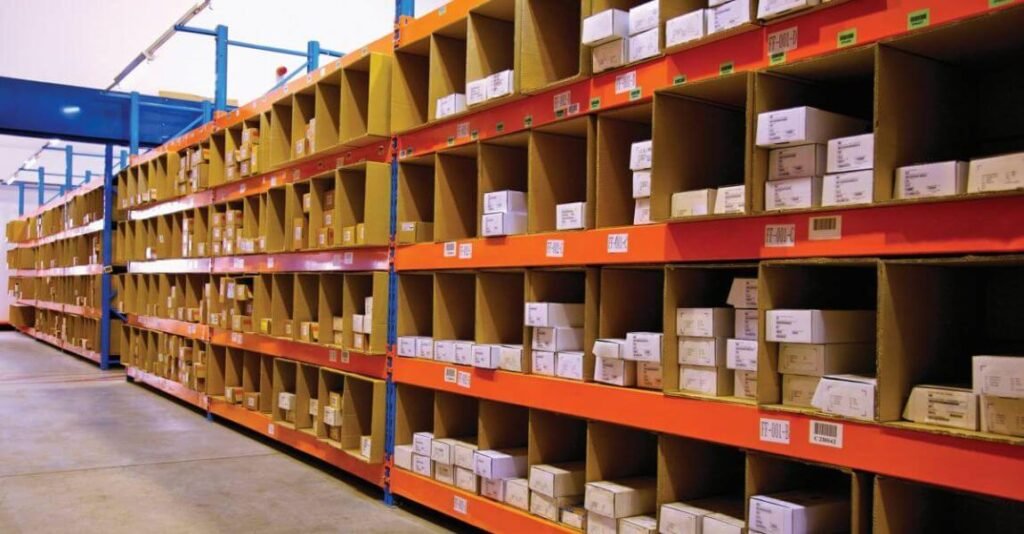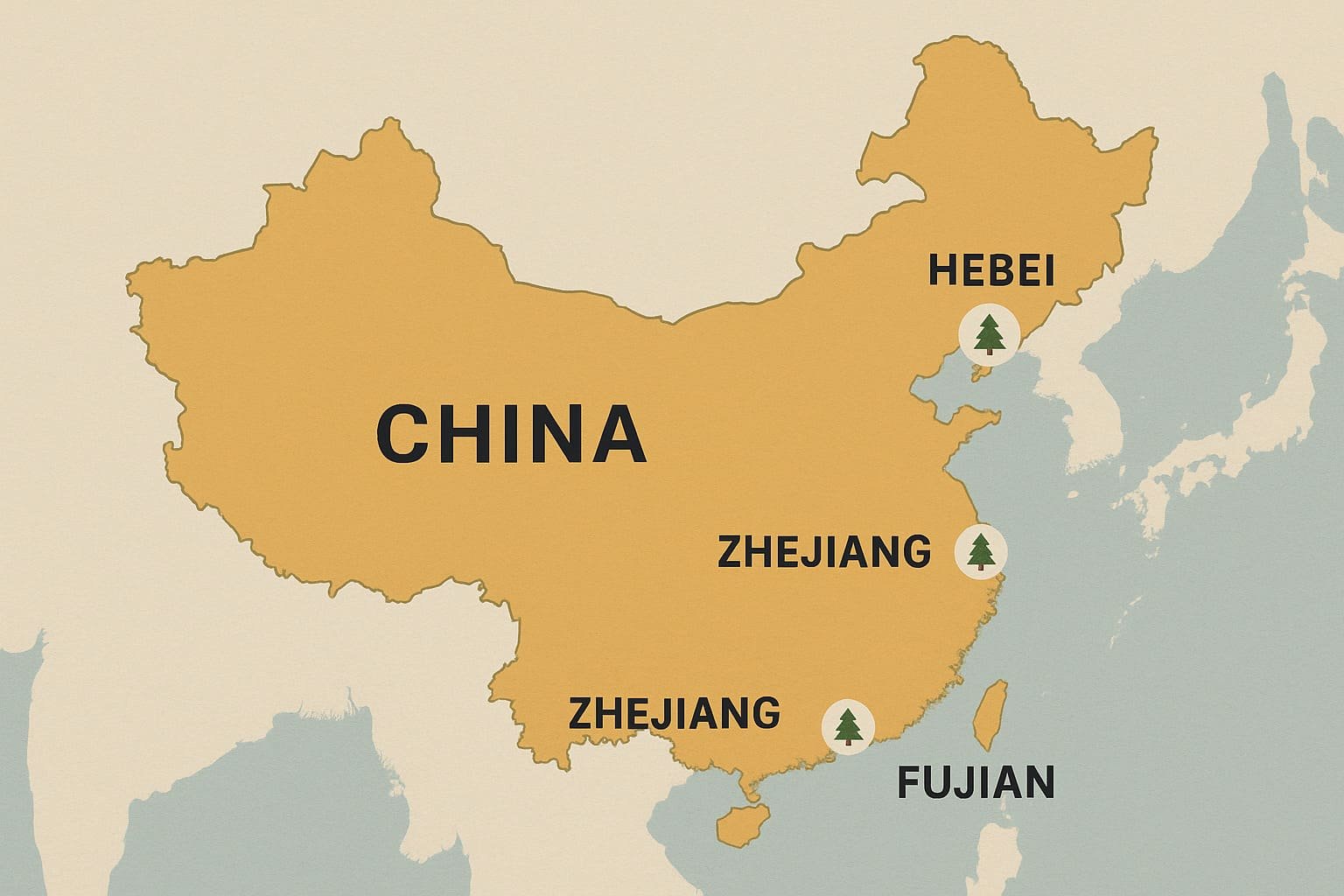Effective inventory management is crucial in the promotional items industry, but it’s often fraught with challenges.
In this article, we will show you in detail how to optimize your promotional item inventory management through critical strategies such as demand forecasting, safety stock calculations, regular review & reordering, supplier management, and inventory management systems.

Demand Forecasting
As a professional exporter of promotional products, how does our company anticipate market trends? Some of the following suggestions may be useful to you.
One key approach is leveraging historical sales data. Analyzing sales trends from the past can provide valuable insights into future demand. For instance, if a particular promotional item consistently sells well during the holiday season, it’s reasonable to forecast high demand for that item in the upcoming holiday season.
In addition to historical data, we also consider social media trends. By monitoring the popularity of certain items on platforms like Instagram, Facebook, and Twitter, we can gauge consumer interest and anticipate potential spikes in demand.
Google Trends is another valuable tool for demand forecasting. It allows us to track the popularity of specific search terms related to promotional items over time. If a certain product is trending upwards on Google Trends, it’s likely that demand for that product will increase.
Staying abreast of industry trends can help us anticipate changes in demand. For example, eco-friendly promotional items have been gaining popularity in recent years. Those who keep up with this trend can forecast increased demand for such items and stock up accordingly.
We also keep an eye on the purchasing trends of industry leaders. The buying decisions of these major players can often signal broader market trends.
Seasonality is another important factor in demand forecasting. Many promotional items are seasonal, meaning their demand fluctuates depending on the time of year. For instance, promotional calendars typically see a surge in demand towards the end of the year. Recognizing these seasonal trends can help distributors forecast demand more accurately.
By combining these methods, you can make more accurate demand forecasts, leading to more efficient inventory management and a more successful promotional items distribution business.

Safety Stock Calculations
Safety stock is a crucial concept in inventory management, particularly in the promotional items distribution industry. In essence, safety stock acts as a buffer to prevent stockouts that could lead to lost sales and potentially harm customer relationships.
To strike the right balance, you can use a variety of methods. One common approach involves analyzing historical sales data to estimate the likelihood of demand spikes and delivery delays. Another method is to use statistical formulas that take into account factors like average demand, lead time, and service level expectations.
The 80-20 inventory rule, or the Pareto Principle, can also be applied in managing safety stock. This rule suggests that 80% of a company’s sales typically come from 20% of its products. Therefore, we suggest you choose to hold more safety stock for their top-selling items (the 20%) to ensure they can meet demand and avoid stockouts.
It’s also important to negotiate effectively with suppliers to meet your inventory needs without overstocking. In our previous article, ‘How to Negotiate MOQ with China’s Promotional Items Suppliers’, we discussed strategies for negotiating minimum order quantities (MOQ) with chinses promo items suppliers, which can be particularly useful when managing safety stock.

Regular Review and Reordering
Regular review and reordering is a fundamental aspect of inventory management, it involves consistently checking inventory levels and determining when and how much to reorder. This practice helps maintain an optimal inventory level, preventing both stockouts and overstocking.
The reordering point is the inventory level at which a new order should be placed to replenish stock before it runs out. By determining accurate reordering points, you can ensure have sufficient stock to meet demand without tying up too much capital in excess inventory.
There are several inventory management strategies that can guide the regular review and reordering process. Here are four main ones:
Just-in-Time (JIT): This strategy aims to minimize inventory by ordering and receiving goods only as they are needed in the production process. It’s particularly useful for promotional items with short lifecycles or those prone to obsolescence.
ABC Analysis: This method involves categorizing inventory into three categories (A, B, and C) based on their importance. ‘A’ items are the most valuable, often making up 70-80% of the company’s inventory value, while ‘C’ items are the least valuable. This helps prioritize inventory management efforts.
Economic Order Quantity (EOQ): This is a formula that determines the optimal order quantity that minimizes total inventory costs, including ordering costs and holding costs.
Dropshipping: This strategy involves the supplier handling and shipping the inventory directly to the customer. It’s a good option for you who want to offer a wide variety of products without holding all the inventory themselves.

Supplier Management
A reliable supplier can provide consistent, high-quality promotional items that meet your customers’ expectations. They can also adapt to changes in demand, helping you avoid stockouts or overstocking. Moreover, a strong supplier relationship can lead to better negotiation power, potentially leading to cost savings and better payment terms.
In the promotional items industry, it’s crucial to work with professional suppliers. In a previous article titled ‘How to determine if a promo product supplier is professional?’, we discussed several indicators of a professional supplier as the link below:
In addition to these factors, you should also consider the supplier’s financial stability, ethical standards, and capacity to meet your business’s specific needs.
By carefully selecting and managing suppliers, you can ensure a stable supply of high-quality products, improve inventory management, and ultimately enhance customer service and business performance.

Inventory Management Systems
An effective inventory management system can track sales, orders, deliveries, and returns across multiple channels. It can also provide valuable analytics and insights, helping businesses forecast demand, determine reordering points, and make informed inventory decisions.
When choosing an inventory management system, you should consider several factors. These include the system’s functionality, ease of use, integration capabilities, scalability, and cost. It’s also important to choose a system that can support the specific needs of the promotional items industry, such as handling a wide variety of products, managing custom orders, and tracking promotional campaigns.
In terms of inventory management techniques, there are three major ones that can be effectively supported by inventory management systems:
Economic Order Quantity (EOQ): This technique calculates the optimal order quantity that minimizes total inventory costs, including ordering costs and holding costs.
Safety Stock Calculation: This technique determines the appropriate level of safety stock to prevent stockouts. It typically involves analyzing historical sales data, lead time, and service level expectations.
ABC Analysis: This technique categorizes inventory into three categories (A, B, and C) based on their importance. This helps prioritize inventory management efforts.
Conclusion
It’s important to continually evaluate and adjust your inventory management strategies to meet your promotional business’s specific needs and market conditions.
If you’re a promotional items distributor looking to optimize your inventory management, we’re here to help, just contact us at sales@plentmax.com









